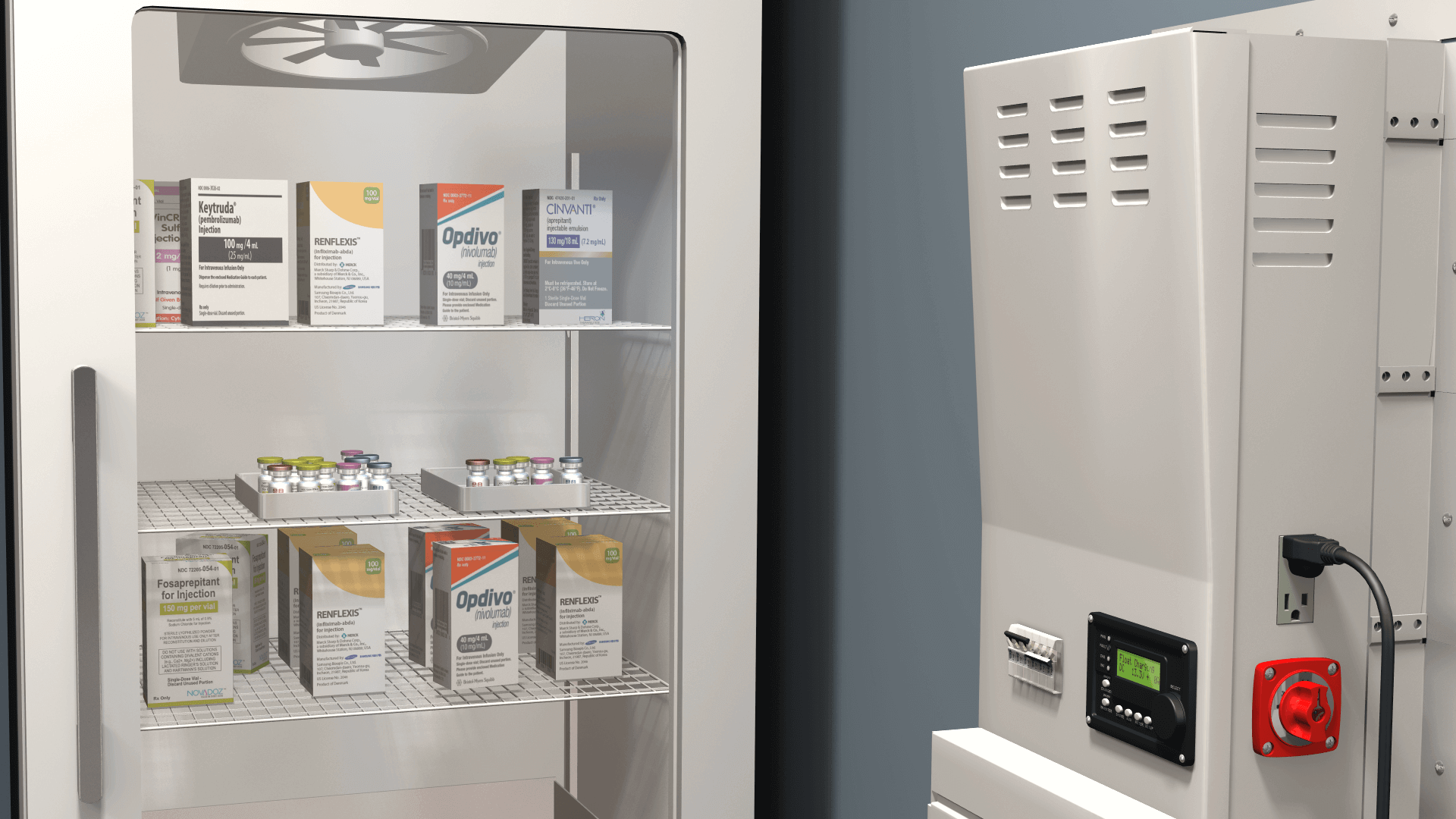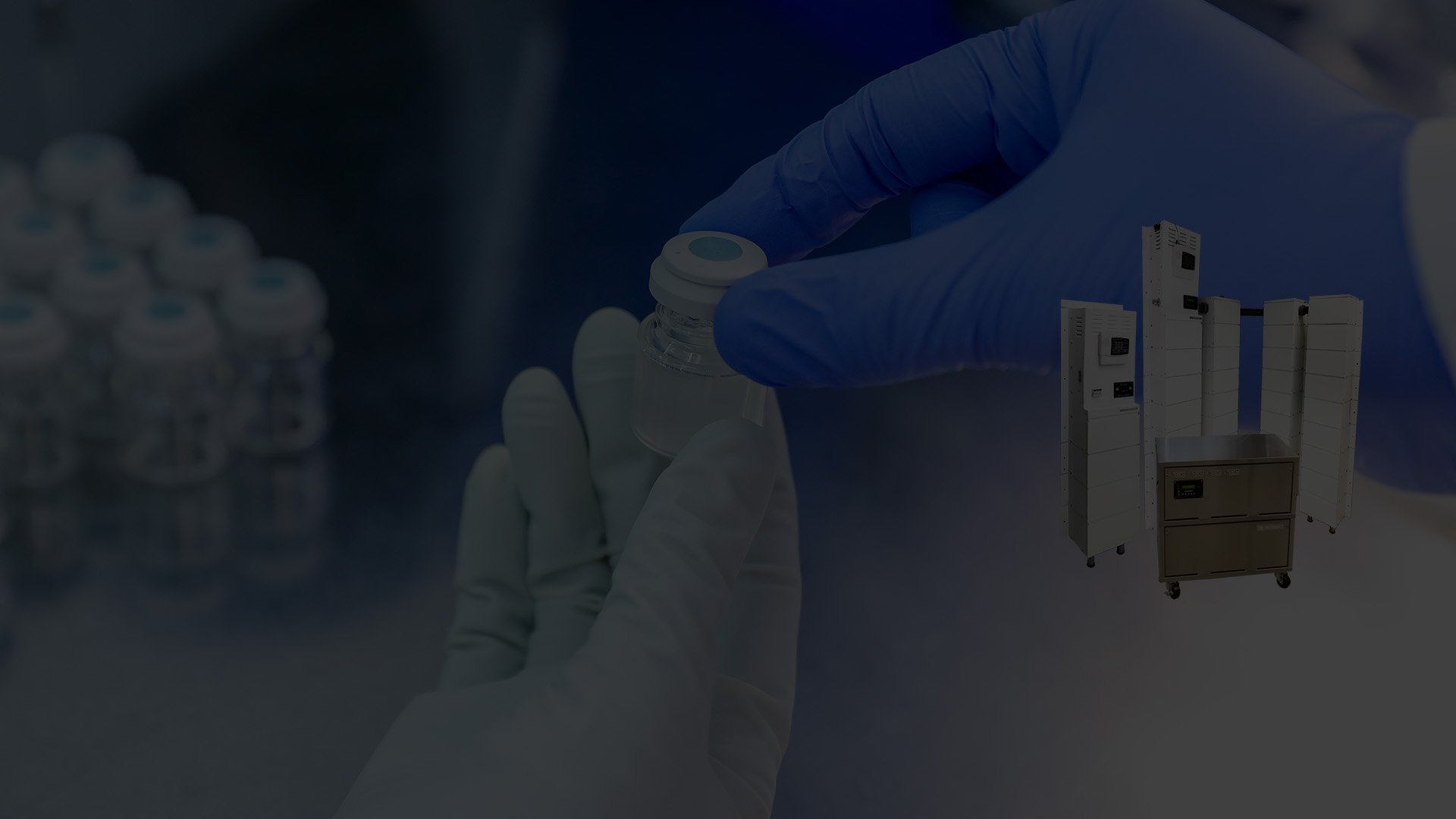March 13, 2024
| Medi-Products
The Future of Telemedicine Post Covid-19
The Covid-19 crisis strained the current healthcare system to it’s max. We saw exhausted frontline workers sleeping on the floor during shifts, and afraid for their lives as they tried to save others. This raised the question – can we fully depend on the system as it is? However, as many flaws and weaknesses in the healthcare system were exposed, many other underused and undervalued resources were exposed as well, that proved to be invaluable during this extremely testing time. One of these has been the use of Telemedicine, which has accelerated at an incredible pace as the pandemic raged.
How Did It Begin?
In August 2020, the President Trump signed an executive order to expand telehealth services beyond the COVID-19 pandemic. This legislation, truly represented a revolution in the healthcare industry. Quickly healthcare providers scrambled to set up telehealth programs across the country, to continue serving their patients. These virtual visits were safer, easier, and faster than the traditional in person visits, and while it was a fast learning curve for the patients and staff alike, and by the end of year both were realizing the value of it. Beginning the year 2020 as a little used tool, by the end of the year it had accounted for the majority of patient visits.
Where is it Headed?
Companies providing wearable telehealth technologies have exploded. Physicians can now remotely monitor cardiac results, vital signs, diabetes, and receive instantaneous results. Digital devices such as otoscopes, stethoscopes, ECGs, pulse oximeters, and exam cameras can now be plugged into smartphones and used in virtual visits. There are also an immense number of apps that can track pollen count, predict epileptic seizures, track medications, and schedule doctor visits, to name a few.
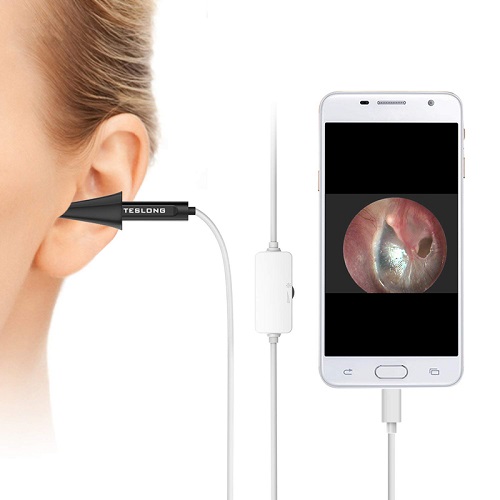
Teslong Digital Otoscope
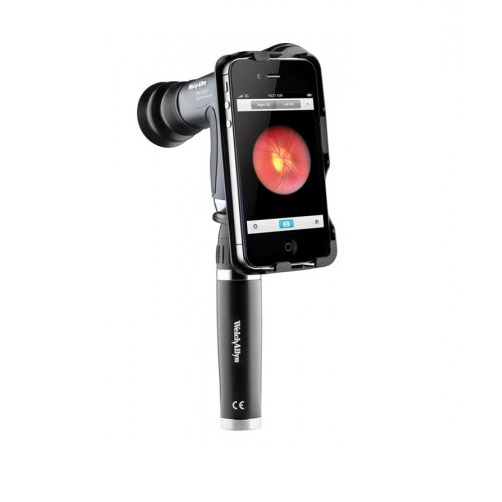
Welch Allyn iExaminer
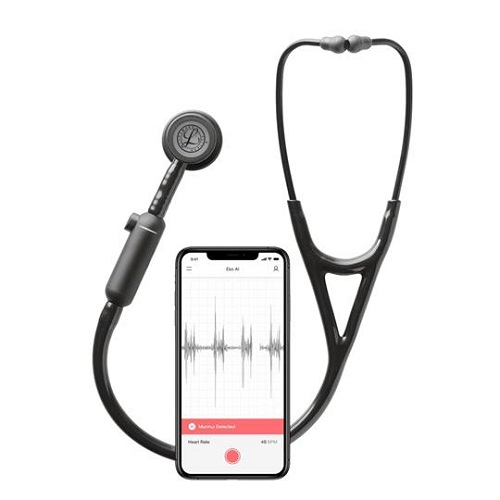
3M Digital Stethescope
What Are The Downsides?
While Telemedicine can be useful, it still has it’s limits. If you have a broken arm for instance, a virtual visit would not be much help. There are also other concerns such as fraud, quality of care, and access for those in low-income areas and who have less access to technology. Also, while it can be used as a preliminary step before an in-patient visit, some see this as just an extra fee, they are not willing for.
Has It Affected the Vaccine Rollout?
With over 320 million vaccinations to date, telemedicine has played a valuable role. Health care providers have been able to schedule patients for testing and vaccinations, as well as provide ongoing monitoring for potential side effects, during virtual visits. The technology has also been used to educate persons who have been unwilling to get vaccinated, due to questions and concerns about the vaccines. Doctors have also been able to provide care for a greater number of patients, and maintain their schedules more efficiently, and keep themselves and their other patients safe at the same time.
Will It Continue?
Americans are now used to virtual doctor visits over the last year. Patients can now visit their doctors from anywhere, and at any time, and do not want to make the shift back to exam rooms. However, the current legislation will only allow for these changes through the public emergency. Congress is currently deciding future of telehealth. The bill is strongly bi-partisan with both republicans and democrats split on the issue. While many do not want to reverse course, other are cautious about moving forward as it brings up a wide variety of concerns. One question that arises is whether or not physicians should charge the same as for an in-patient visit. If it does continue, while much progress has been made, there will still be much in the way training and investment needed.
Moving Forward
While telemedicine cannot completely replace a physical examination, it has proved to be a valuable resource. The data from all of these virtual technologies could also help power AI technology, which may help in early disease detection, and medicine development, moving forward.
